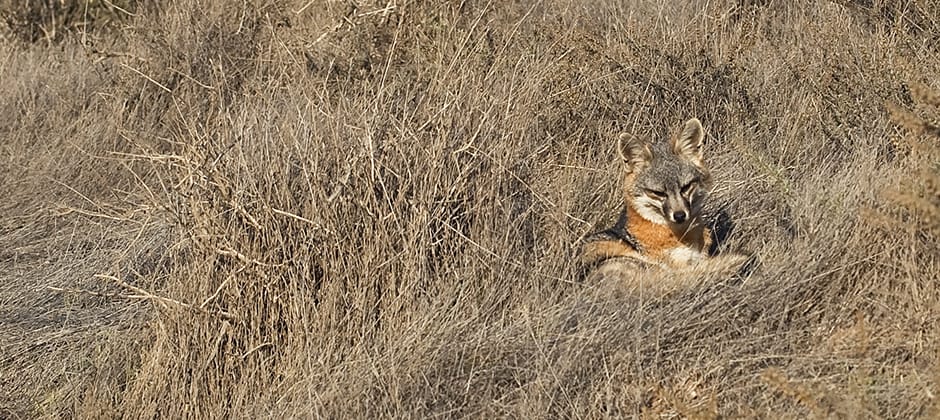Share this article
Human activity influences species’ genetics differently
Humans’ presence on the landscape affects different species differently. For some species and population, genetic diversity decreases alongside human land use and population density. For others, it can increase, according to recent research.
“Our intuition is that human activity has negative effects on wildlife,” said Katie Millette, a PhD candidate at McGill University and one of the lead author of the recent study published in Ecology Letters. “While it’s true in some cases, we need to base our estimates on more accurate data so that our conclusions are not misleading.”
Past research showed a global pattern of less mitochondrial diversity in mammals and amphibians in habitats affected by humans. But that research left out important information about time and distance, researchers realized. Millette and her colleagues refined their study to include both spatial and temporal scales. They collected genetic sequencing data from a genetic data bank that included more than 175,000 sequences from over 27,000 populations of 17,082 animal species. They pulled sequences from as far back as 1980 until 2016.
Then, the team collected human density and land use data from high resolution maps that characterize global human activity, like pastureland or cities, to see what patterns emerged.
“The main finding was, there was no consistent effect, really,” Millette said. Some populations had increasing genetic diversity with human land use. Others had lower genetic diversity.
Two groups stood out, though: insects and fish. Both had less genetic diversity associated with human activity. For insects, research found, human density was the culprit.
“It’s interesting because there are a lot of reports now on the decline of insect populations and it’s likely coming out in genetic data,” Millette said.
For freshwater fish, land use was associated with declines in genetic diversity.
For other taxa, humans’ impact was a mixed bag. “Humans are having an effect,” she said. “It’s just case and species specific.” More research is needed on individual species’ life histories, like behavior, to see exactly how humans influence them, she said.
Header Image: Species like the Catalina Island fox (Urocyon littoralis catalinae) have low genetic diversity. Researchers found human land use and population density has different effects on genetic diversity of different species and populations. ©John Game








